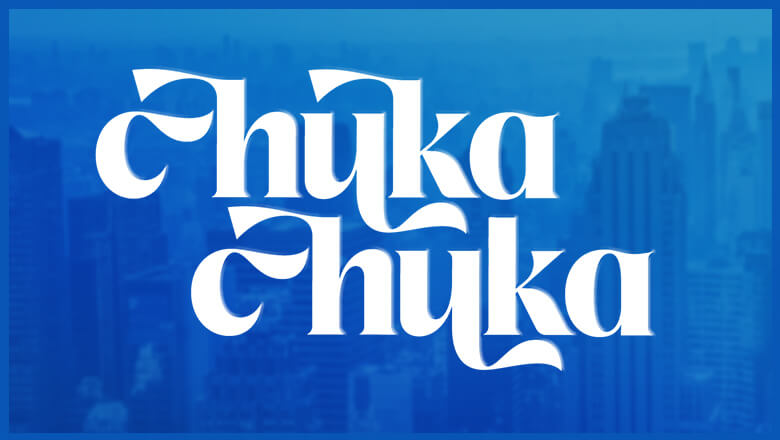
views
How much is a 1921 silver dollar worth?
An average circulated 1921 silver dollar is worth $36.50-$75. The coin's value can fall in between those two numbers depending on its overall condition and where it was minted. Meanwhile, uncirculated coins in mint condition (meaning they're like new) can go for as high as $922 – or much higher. At auction, one mint 1921 silver dollar from the San Francisco mint sold for a little over $117,500 in 2013! A circulated coin is one that's been used and exchanged in public commerce (i.e., for purchases). An uncirculated coin is one that someone kept straight from the mint and has only been traded around between coin collectors. The uncirculated coins are the rarest, most valuable, and most sought-after! The obverse side (or front) of the 1921 silver dollar features a lovely side profile of Lady Liberty with the words "E PLURIBUS UNUM" arching over her head. "E pluribus unum" is the motto of the US and means "Out of many, one." The reverse side of the 1921 dollar shows an eagle with its wings outstretched and holding arrows and olive branches in its talons. Arrowfeathers surround it on either side, and the words, "In God we trust" are stamped over the top of it.
How to Find the Value of a 1921 Silver Dollar
Mintmark The 1921 silver dollars were minted at three different mints: Denver, Philadelphia, and San Francisco. Fewer coins were minted in Denver and San Francisco, however, which makes them slightly rarer than the ones that came out of the Philadelphia mint. That means you might be able to get more for them, especially if they're in pristine condition. If your 1921 silver dollar was minted in Denver or San Francisco, you can find the first letter of the city's name on the reverse side of the coin above the "D" and "O" in "DOLLAR." This is called a mintmark. The Philadelphia silver dollars have no mintmark, which is how you can tell them apart. All the 1921 silver dollars are made from 90% silver and 10% copper, but their color is different depending on where they were minted. Philadelphia silver dollars have a soft golden hue; Denver silver dollars have more of a bronze cast; and San Francisco dollars appear as true silver.
Strike quality When a piece of metal, called a planchet, is pressed into a die and stamped with the impression of a coin, this is called "striking" the coin. The 1921 silver dollars from the Denver and San Francisco mints were struck more softly, meaning the details aren't as defined and may even fade a little bit into the background. If you do find a Morgan dollar from either of those mints with sharply defined, raised details, it could be worth more money. The Philadelphia-minted silver dollars are more well-struck; you can tell by how sharp the details look in comparison.
Luster Luster is the way the light reflects off the surface of a coin. If you hold the 1921 silver dollar up to a light source and rotate it with your hand, look for light reflecting around the coin's face. This is called a "cartwheel" effect because the light looks like it's "cartwheeling" across the metal. If only a little or no light reflects off the coin, that means it doesn't have much luster left, probably because of its age or because it was used so much in circulation. Uncirculated 1921 silver dollars typically have the most luster and shine, and will also still look silver. Circulated ones tend to look much duller in color and more faded. Luster is one of the things coin collectors and grading organizations like PGCS assess to determine an old coin's quality. The more luster the coin has (along with other qualities, like a good strike), the more valuable it will be at auction.
Professional grading services Professional grading services like PGCS, NGC, and CAC grade old coins to find their value in case the owner wants to sell or insure them. Coins in mint condition – meaning they have full luster, a good strike, and no errors – typically get a grade of MS-60 through MS-70 ("MS" stands for "mint state"). Getting your 1921 silver dollar assessed by one of these services is the most surefire way to find its value! PGCS, NGC, and CAC all charge coin collectors a fee to send in their coins for grading. The price can be high or low depending on how old your coin is and how much you want them to do while they assess it. For example, you can pay $5 to get high-resolution images of your coin to add to your display (or keep it for your records if you decide to sell the coin later). In most cases, you'll need to pay at least $15-25 to send your coin to be graded.
Where to Buy & Sell a 1921 Silver Dollar
Buy and sell 1921 silver dollars at a local coin dealer. Find a coin dealer near you that buys old coins from customers or keeps a stock of old 20th-century silver dollars. This is an easy way to make some quick cash from your coin. And when you're looking for a 1921 silver dollar to buy, if the dealer doesn't have one, they may be able to tell you who does or keep an eye out for it. When searching for dealers, read Google reviews from past customers to ensure they're reputable. You should also know the value of your old coin before you go in to sell it. The dealer will probably offer you less than what it's worth, but just keep in mind that they have to make a profit, too. Coin shows are another great place to find dealers who will wheel and deal for a 1921 silver dollar. Check out the American Numismatic Association's (ANA) event schedule to see when big coin shows like the National Money Show and the World's Fair of Money are happening in the US. Don't forget about antique stores! 1921 silver dollars are fairly common old coins, so you may find one sitting in an antique store display. You can also call around to local antique dealers ahead of time to find out if they have the coin instead of visiting each one in person.
Bid for or sell coins in online marketplaces or auctions. eBay is the standard online auction website for people who buy or sell old coins and other rare items. But you can also try searching for or listing 1921 silver dollars on coin marketplaces like MA Shops and VCoins. Coin marketplaces like MA Shops and VCoins often have strict dealer requirements. MA Shops, for example, requires dealers to offer worldwide shipping and post a minimum value of $25,000 in coin listings. VCoins is easier to get on, as long as you verify the authenticity of your coin and follow the other rules they list in their Code of Ethics.
History of 1921 Silver Dollar
The US commissioned the 1921 silver dollar with the Pittman Act. In 1918, Congress passed the Pittman Act which called for millions of silver coins minted through 1904 to be melted down. They then sold the silver to Britain, who was in the grip of World War I and needed the silver to stabilize their currency. The Pittman Act also called for minting new silver dollars for the United States.
The original design for the silver dollar had to be remade. In 1910, the mint in Philadelphia destroyed the master hubs for the 1904 silver dollars because they thought they wouldn't have to use them again. In 1921, the chief engraver for the US Mint, George T. Morgan, had to recreate his original design from scratch. For that reason, the 1921 silver dollars are also sometimes referred to as Morgan dollars. Hubs are pieces of steel with the coin design stamped into it. These devices are used to make coin dies, which mints use to stamp the coins out of the planchets. The Morgan silver dollar from 1921 features an eagle with a flat breast and parallel arrow feathers. The original silver dollar, minted in 1904, has an eagle with a raised priest and slightly misaligned arrow feathers at the top.
The Peace silver dollar succeeded the Morgan dollar in 1922. In 1922, new silver dollars with a brand-new design were circulated in the American public. The new obverse face still featured Lady Liberty, but stylized in a different way with a taller crown and a more forward-facing silhouette. The eagle on the reverse side is clutching olive branches only and its wings are folded down as if at rest. Because of its high relief design, the Peace silver dollar dies had to be set farther apart than normal to reduce wear and tear. This caused many of the coins to have incomplete strikes, meaning some details of the coins were raised while others were flat.
1921 Zerbe Morgan Dollar vs Regular Morgan Dollar
Zerbe Morgan dollars are either proofs or first-strike coins. Proofs are high-quality coins specially made to commemorate new coins. They aren't circulated in public, but are usually given to coin collectors. George T. Morgan allegedly minted the "Zerbe" proofs of the 1921 silver dollar for Farran Zerbe, a well-known coin enthusiast from that period. However, coin historians disagree on whether they're actually proofs or if they're simply first-strike coins, meaning they were among the first 1921 silver dollars to be struck by the mint.










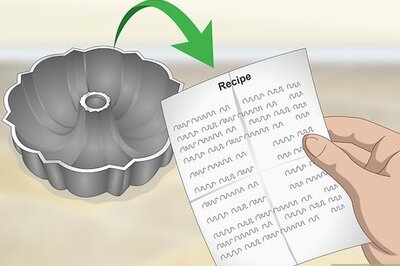
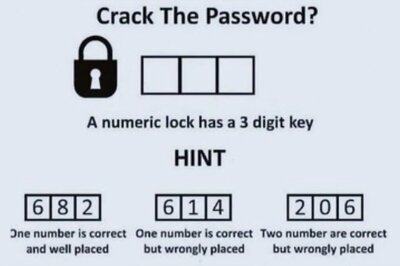
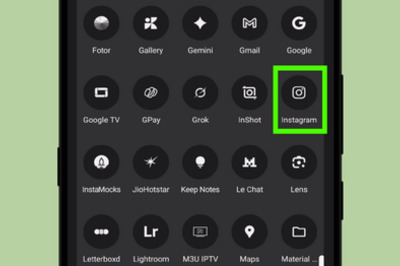
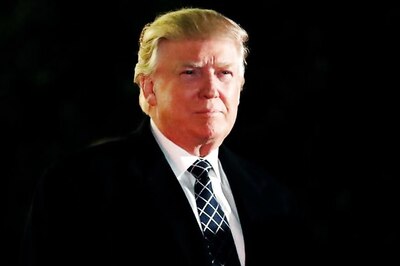


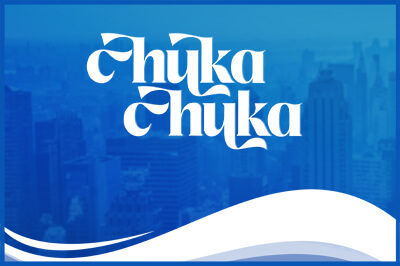

Comments
0 comment